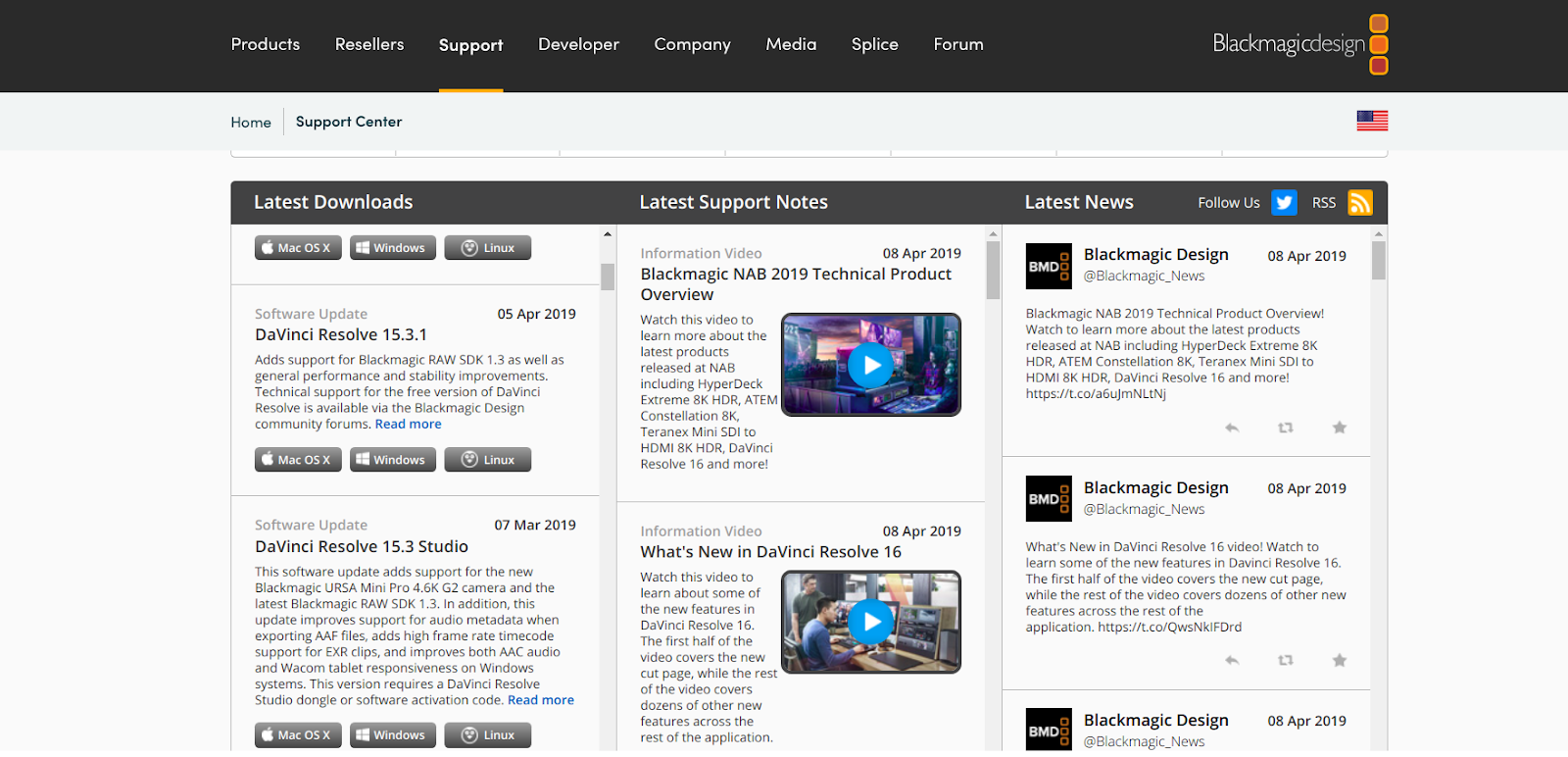

The Fairlight Audio Core in DaVinci Resolve 17 has undergone major changes. Blackmagic states that 'it's larger than what cameras can capture' and that 'customers will never lose image data, no matter where it comes from.'ĭaVinci Resolve 17 includes numerous improvements to color work, such as HDR Color Wheels, Custom Curves and more.

With respect to color space, DaVinci wide gamut and DaVinci intermediate are new timeline color space and gamma settings which deliver a universal working color space. Adjustments are performed by dragging control points and Blackmagic Design promises 'clean, natural-looking adjustments.' Primary color controls have also been redesigned in the software. You can adjust hue and saturation or chroma and luma. The new wheels include control over exposure and saturation within each zone and are color space aware, allowing for uniform results.Īdditional improvements to colorwork include mesh-based warping tools. Users can create new color wheels with 'custom roll-off for specific tonal ranges,' resulting in additional creative control when making fine adjustments. You can also sign up for emails to receive the latest freebie right in your inbox.The new HDR grading feature is accessible within the software's color page. Select the LUT of your choice from the dropdown menu, then click Save to apply it.īe sure to head over to our freebie section to grab the 35 FREE LUTs featured in this demo. If you dragged the entire 35 FREE LUTs folder in DaVinci Resolve, then you will see a 35 FREE LUTs section available. CUBE file you added to the DaVinci Resolve LUTs folder.Īlternatively, if you added a whole folder, you can click on the “…” button next to the 3D Input Lookup Table to see the subfolders. The dropdown menu will have each individual.

The LUTs are now available under the 3D Input Lookup Table dropdown menu. Add LUTs to Footage from the 3D Input Lookup Table This will refresh the dropdown menu in DaVinci Resolve. Click Update ListsĬlose the folders and select Update Lists in DaVinci Resolve. CUBE files into the DaVinci Resolve LUT Folder. Open another finder window or download folder that contains your LUTs. Next scroll down to the Lookup Tables section and click Open LUT Folder. When the Project Setting pop-up menu shows up, select the Color Management tab. Click Open LUT Folder in the Color Management Section Then navigate to the bottom right corner to click the Project Settings cog wheel. The first step is to open your DaVinci Resolve project. Once you’ve downloaded them, here are the steps to add the LUTs to DaVinci Resolve’s 3D Input Lookup Table menu. If you want to follow along, you can download our 35 Free LUTs here. Need to apply a LUT in DaVinci Resolve? Follow these steps to add your custom LUTs to the dropdown menu.ĭaVinci Resolve makes it really easy to add your LUTs to the dropdown menu for easy access.


 0 kommentar(er)
0 kommentar(er)
